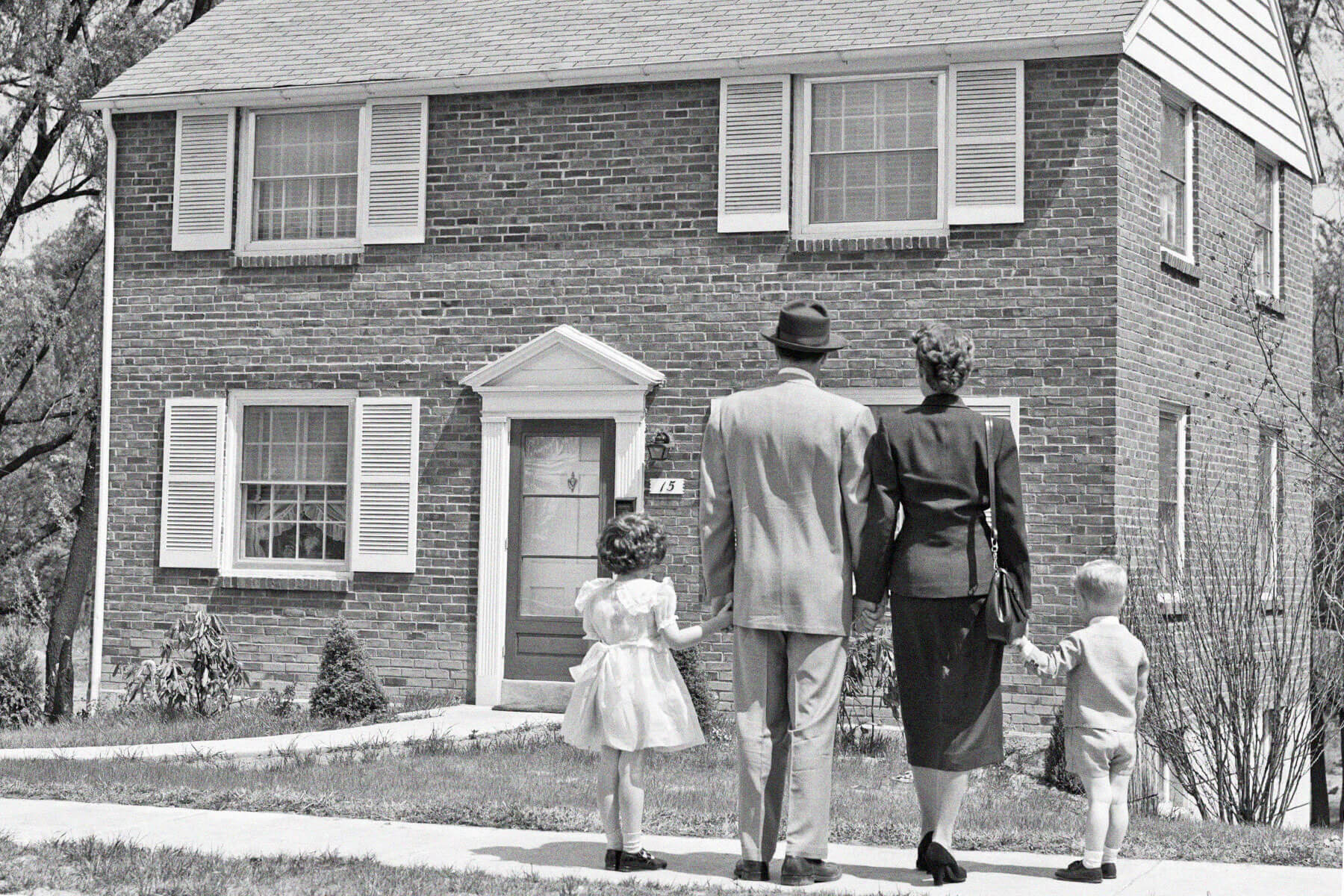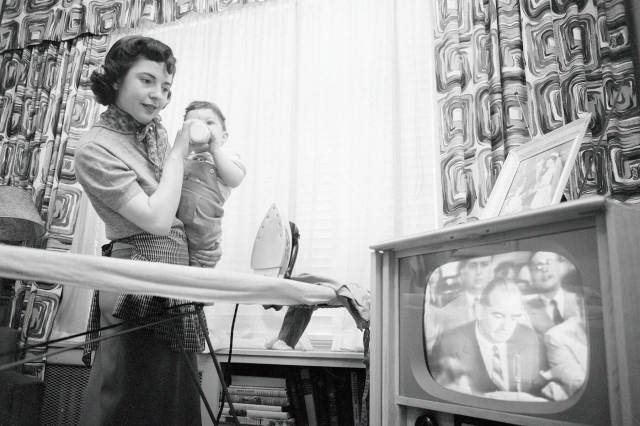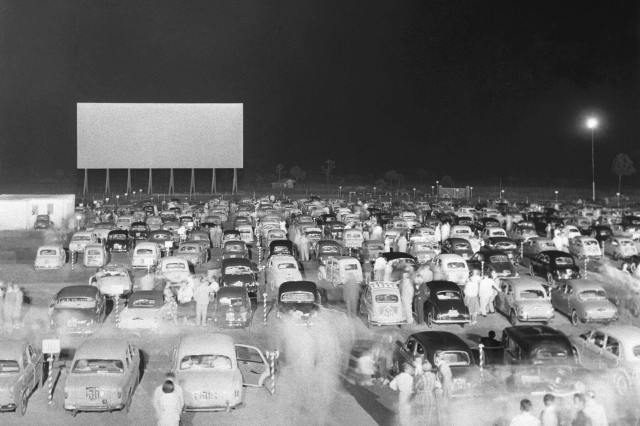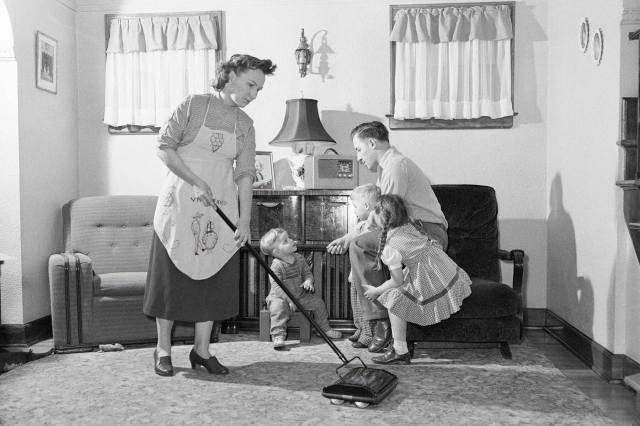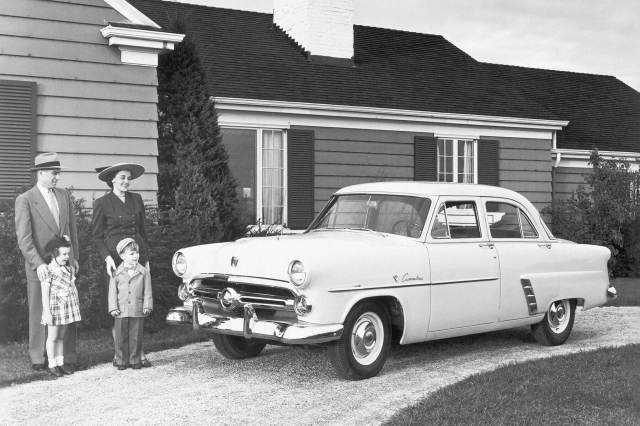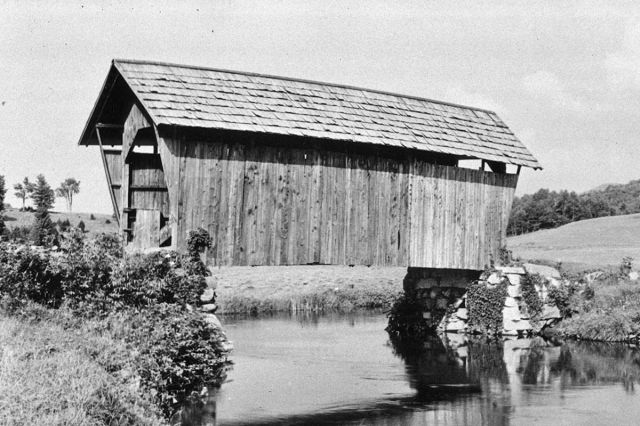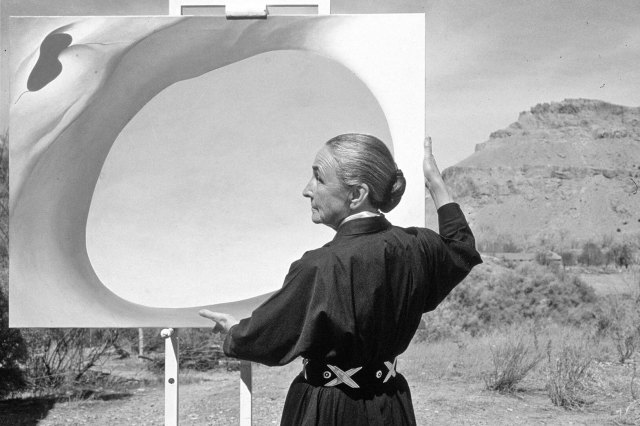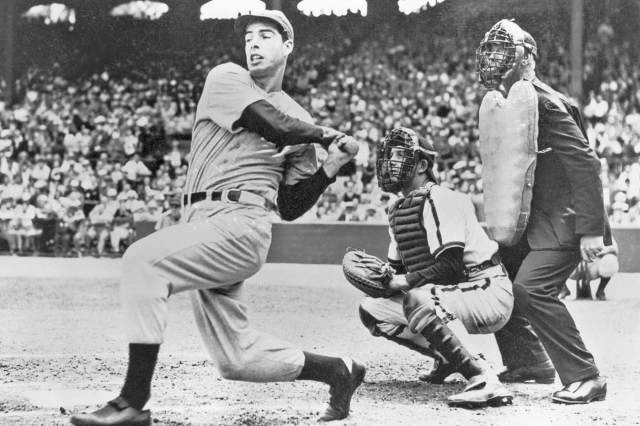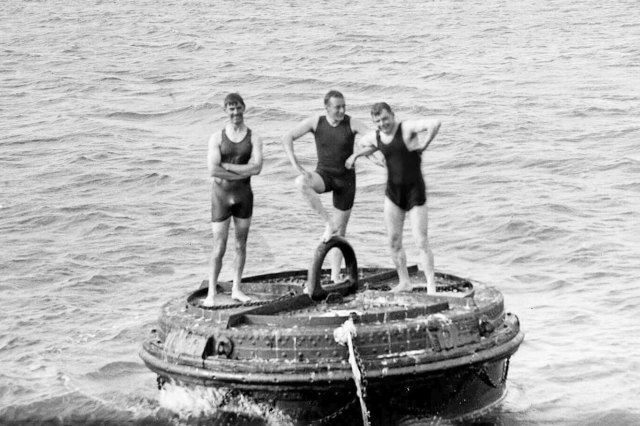Life in 1950s America, By the Numbers
Elvis was on the radio, The Ed Sullivan Show was on the TV, and scores of people were hightailing it to the suburbs — this was 1950s America. It was a young nation, with 31% of its 151 million residents under age 18, and it was on the brink of change. Birth rates continued to rise at unprecedented levels, giving way to a new generation of “baby boomers.” The “nuclear family” (describing married couples with kids at home) was ingrained in the culture; more than half of all people (68% of men and 66% of women) were married. By the time the ’60s rolled around, many of these cultural norms would be upended, but this generation left a lasting mark on American society. Here is a snapshot of family life in the 1950s, by the numbers.
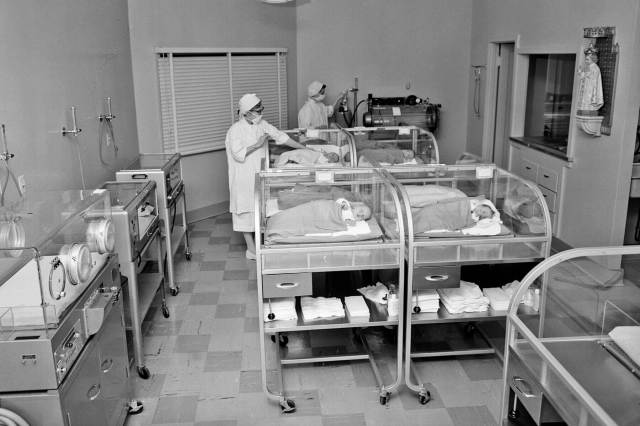
Around 4 Million Babies Were Born Every Year
Post-World War II America saw a rapid increase in birth rates lasting from 1946 through 1964. It became known as the “baby boom,” and the 1950s were smack dab in the middle of it. During the ’50s, around 4 million babies were born every year in America, a sharp increase from the previous average, around 2.7 million births annually between 1910 and 1945. By the end of the boom, around 77 million babies had been born. This influx of births was due to many positive aspects of the postwar era, including low unemployment rates, a burgeoning economy, low interest rates, and a strengthened middle class.





